EXPERIMENT OF CATTLE INTEGRATION IN A SYNTROPIC AGRICULTURE SYSTEM ON THE FARM “ESTRELA DALVA LAMARÃO”
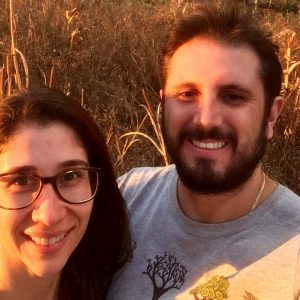
Authors: Luisa Nogueira Queiroz & Luciano Queiroz Neto

We adopted, therefore, a spacing of 7 meters between the tree lines – part of the grass was thought to generate biomass for soil cover; and the other part to feed the cattle. From the beginning, our idea was to have in the same area: sustainable production of food, improvement of soil conditions and gain of productivity of the pasture area.
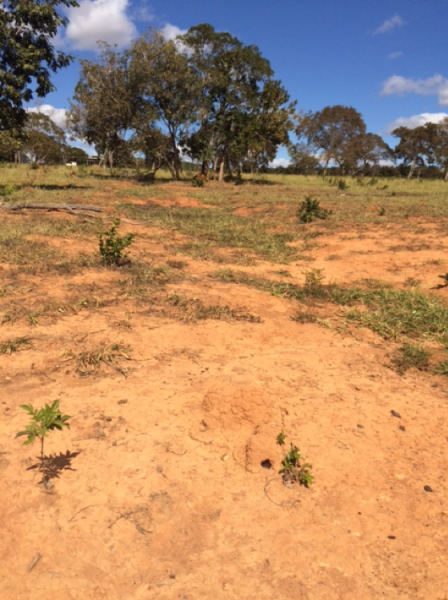
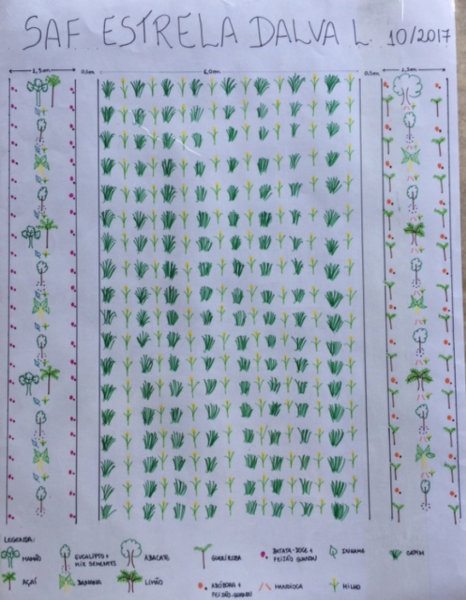
After 16 months of planting, we performed the first experience of integrating the dairy cattle in the area. Initially, we thought of installing fences with shock lines to protect tree lines from interacting with livestock. However, considering that it would take approximately 5,600m of fence for a only 3-ha area, and also that we were already expanding it of Syntropic Farming, we concluded that the installation of the fences was financially infeasible, besides making it difficult to manage the lines. Thus, we decided to initiate the integration allowing the interaction of the cattle with the tree lines. To minimize possible damage, however, we chose to insert only young animals in the area, rather than adult cattle.
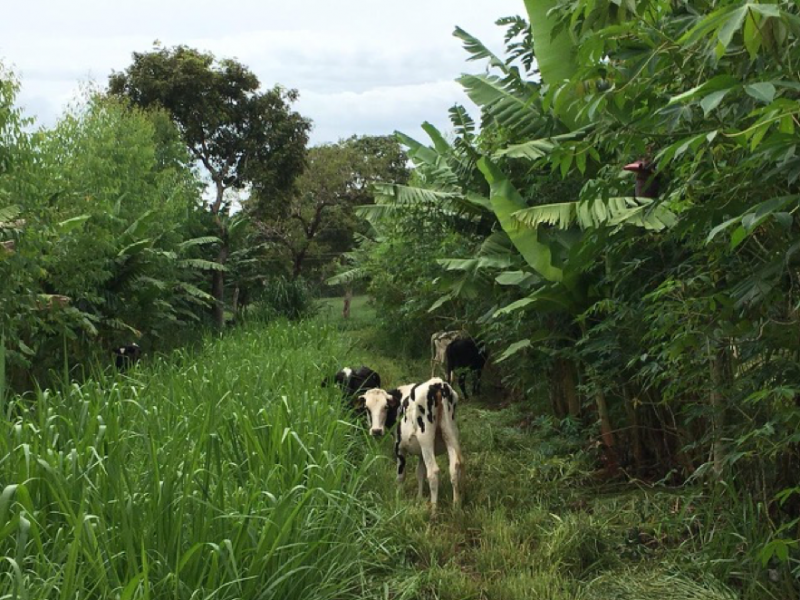
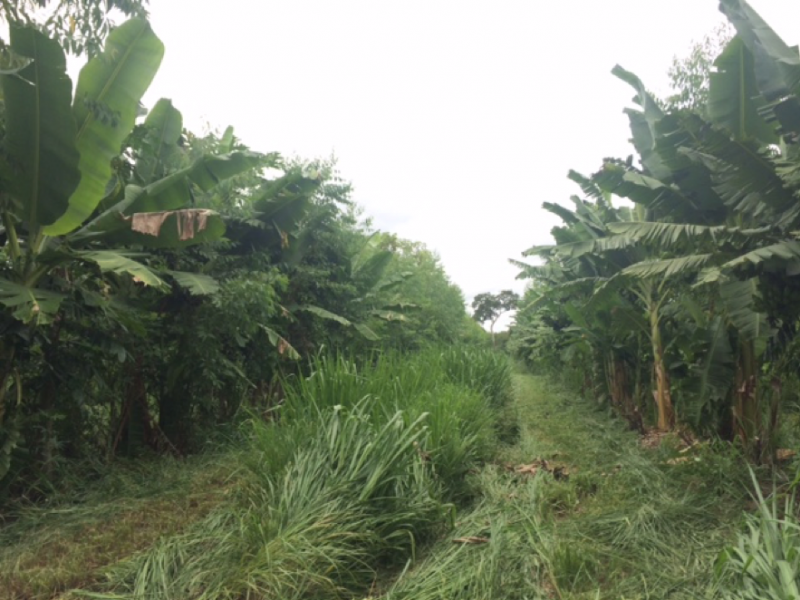
Over the next few days, the cattle also fed on the Ipomoea batatas (sweet potato) and Dioscorea bulbifera (air potato) leaves planted in the first row, and on a few small Euterpe oleracea (açai palm) and Musa sp (bananas). We observed that the interaction with the species of the tree lines occurred with older animals (over 6 months).
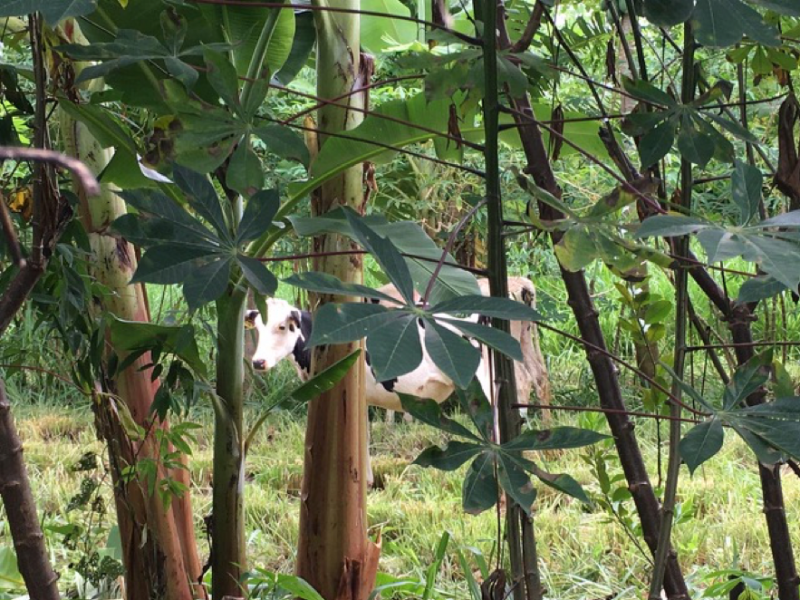
Although this interaction did not generate significant damages in the main crops, we temporarily removed the cattle from the area and mechanically cut the grass so that the calves could be reinserted when the grass gets to the appropriate size for their feeding. Also, reintegration will occur with younger calves (3 to 6 months of age), and probably at a lower density. In our assessment, under these circumstances, interactions will be more beneficial to the whole system, including livestock.


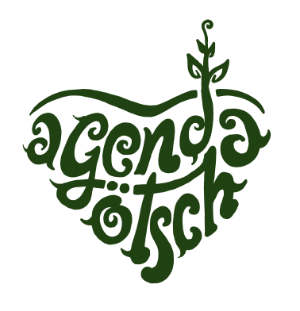


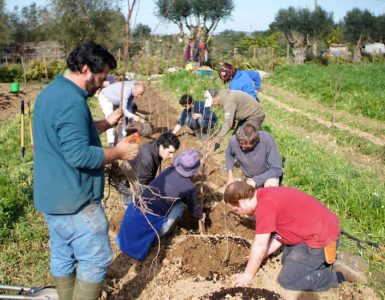
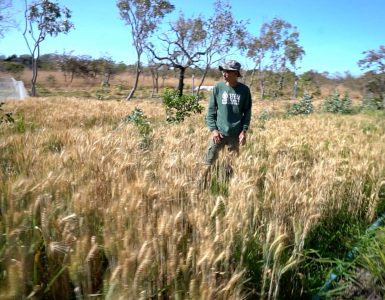
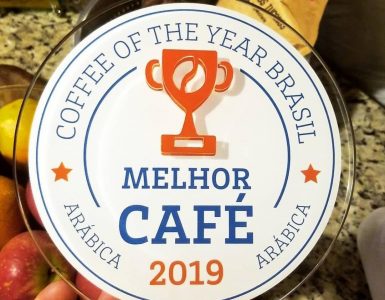

you should definitively look at planned grazing (Holistic Management, Allan Savory)
Thanks Chris, we know his work and admire it quite a lot, as well as all Voisin systems. We also believe that we can’t turn all cattle areas into grassland, ignoring the forest. So there are farmers investing more and more into the integration of rotational pastureland with agroforestry. Cheers!
Ive seen with the holistic grazing method they only allow cattle to graze for around around 40 mins (Depending on cell size of course) in different cells. This way allows for new growth (but not all grasses eaten, around 3,4s) and with the hooves doing the rest of the work in the soil. I guess they didn’t have the optimal extras of the tree line though.